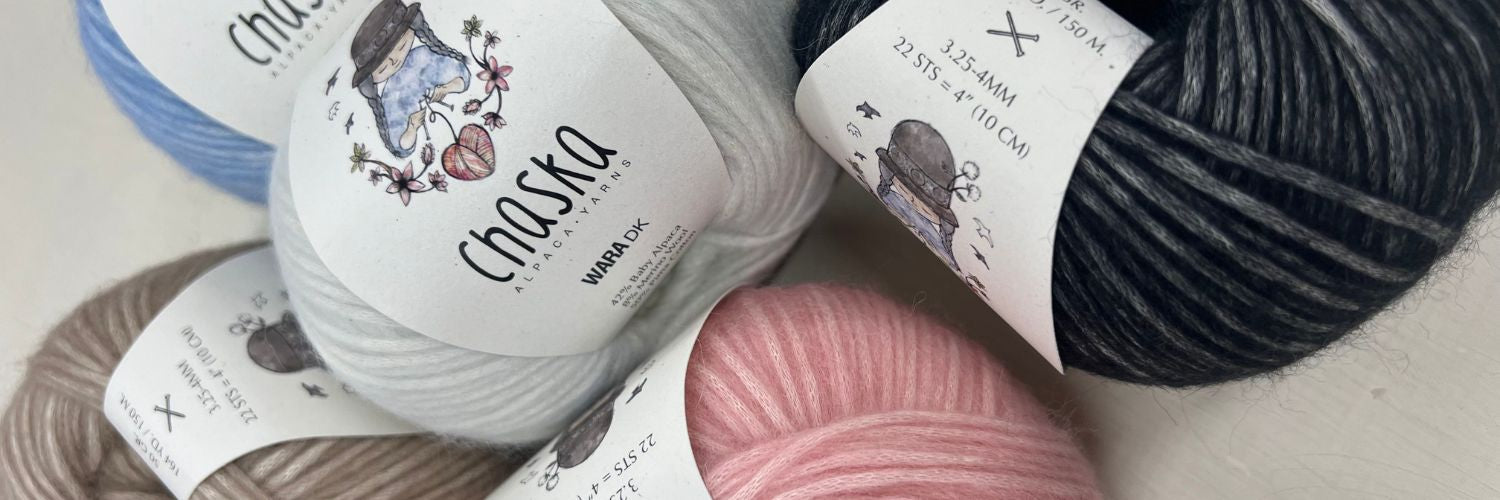
Blown yarns: What are they? Are they any good?
Blowing fibers into a mesh tube is the latest way to make yarn, and several manufacturers have brought out their own blown yarns over the past couple of years.
Manufacturers tend to emphasize how light and airy the yarns are. But what is the most interesting is that blown yarns have no twist.
In theory, blown yarns should be soft and durable. Traditional yarn has to find a balance between more twist for durability and less twist for softness. Blown yarns however dont have the same trade off. The fibres are held in place by a mesh tube so they feel soft and are also more durable, so they shouldn't pill as much either.
Blown yarns should also not split or unwind when knitting or crocheting because they are not twisted.
Blown yarns are easy to work and can be used for a variety of effects such as lace or cables.
Blown yarns also have great yardage. Blown yarns have 30% or more extra yardage than their plied equivalent, so you get more fabric for your money and garments are lighter.
Blown yarns are only available in certain fibers—those with the right properties to make a haze outside of the mesh net without escaping.
The fuzziness they produce wont be great for all projects. The haze of fibers brings a soft-focus look to the fabric, which will be attractive in some garments but not ideal for others.
Blown yarns also have less elasticity so some people avoid using them for knit/purl texture stitch pattern.
Now available at Wild and Woolly Yarns is the new Chaska Wara.
A beautiful and blow yarn made from a combination of baby alpaca, merino wool and Pima cotton - Chaska Wara is soft, fluffy, and absolutely itch-free.
Chaska Wara is the perfect choice for cozy sweaters, trendy slipovers, and accessories like cowls, scarves, and shawls.

